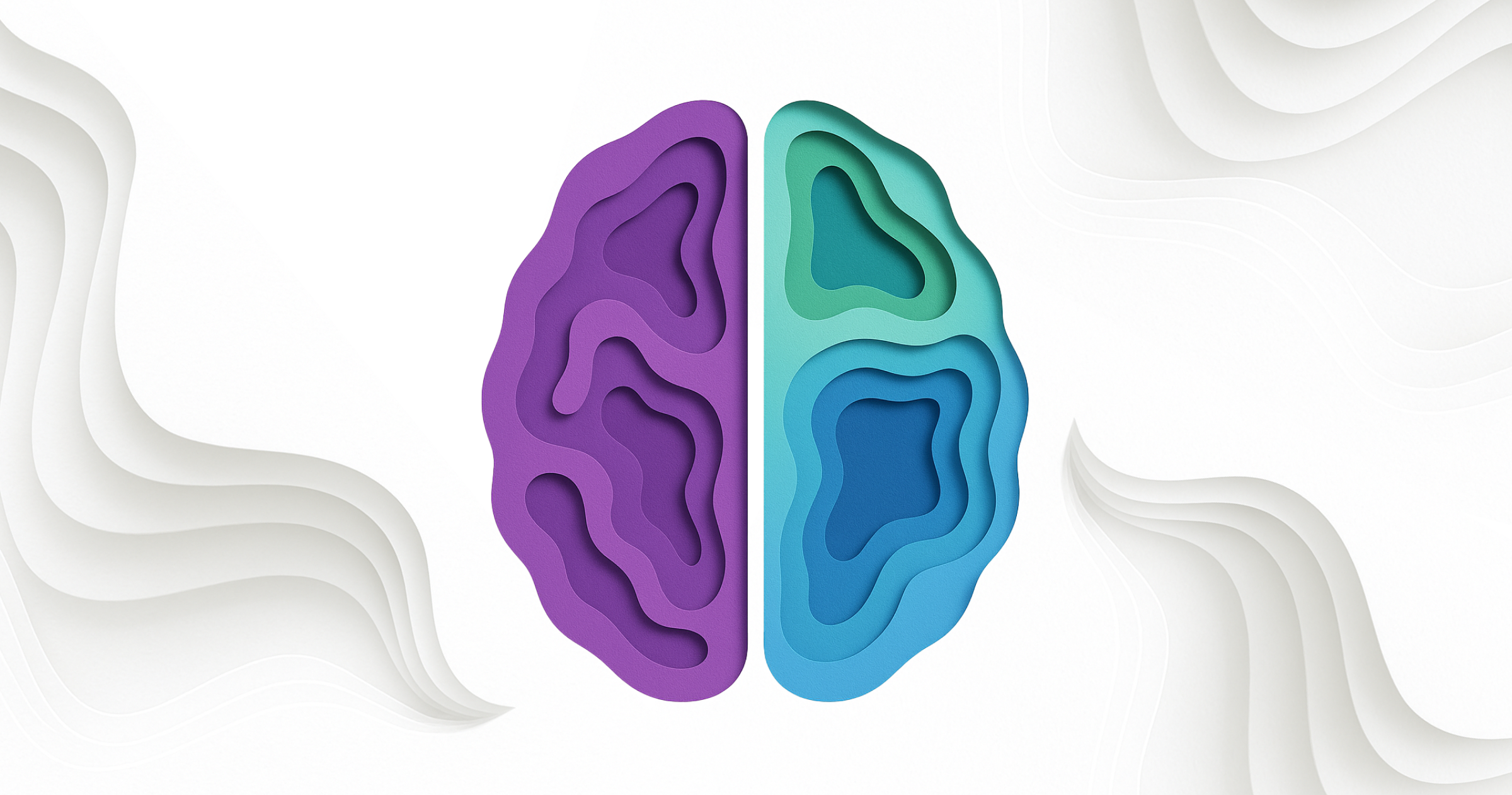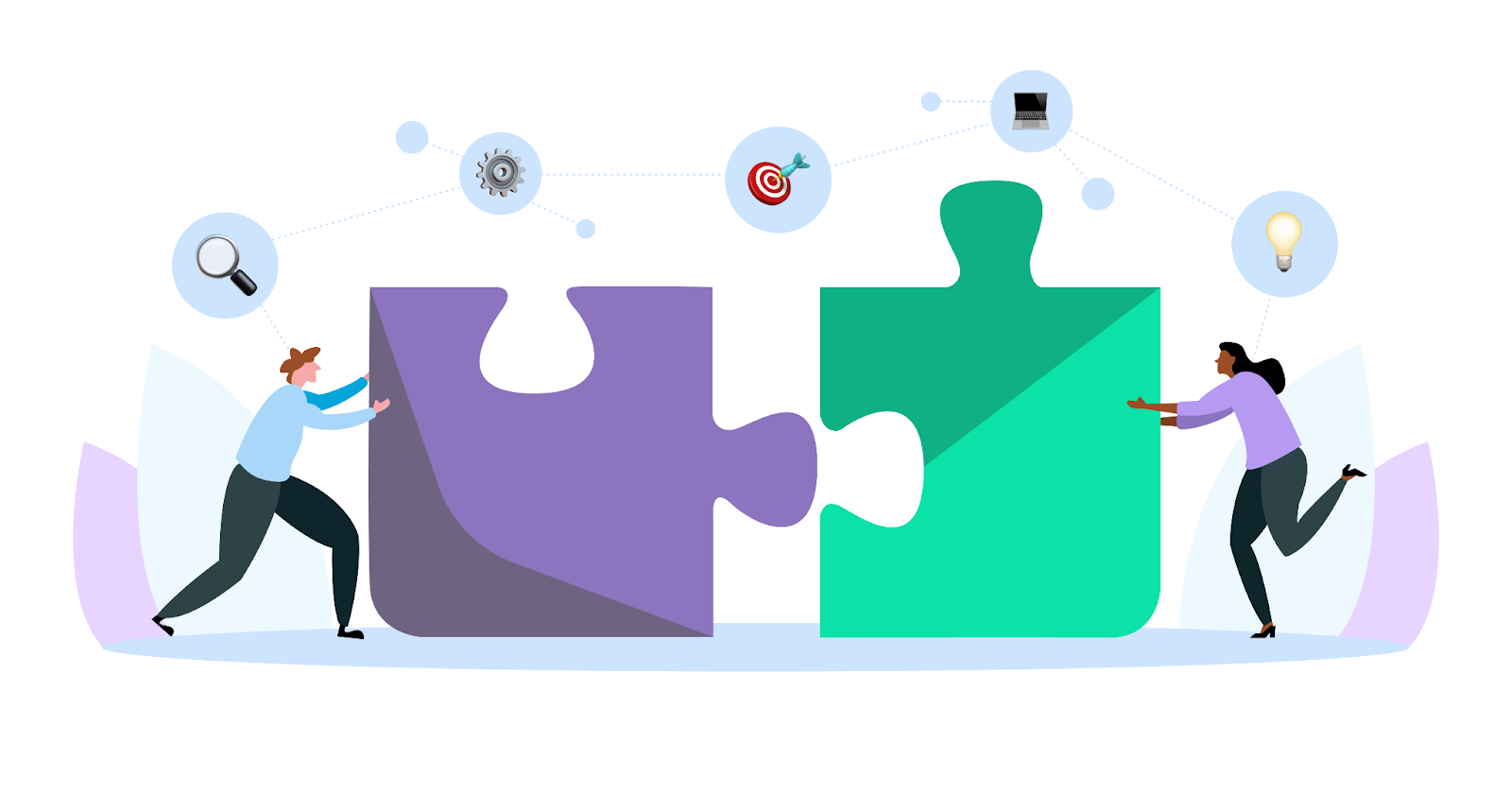
Neurodiversity at work makes us all better communicators
April is World Autism Acceptance Month, when many around the world celebrate being seen. But it’s a lifelong condition that affects many – myself included – every day.
Autism is one of the most recognised forms of neurodiversity, with roughly 1 in 100 people in the UK diagnosed with it. That number is likely higher due to late or missed diagnoses – particularly among adults and women.
In an industry built on communication, it might seem ironic that autistic people – who often find neurotypical communication styles difficult – are a good fit for PR and marketing. But the opposite is often true. When teams take the time to understand neurodivergent colleagues, they naturally improve how they collaborate, give feedback and share information. That clarity and thoughtfulness makes everyone better communicators.
I was diagnosed as an adult. That moment explained a lot: why I need structure, why I find context-switching exhausting, and why I can’t always explain myself in ways most people understand. It also helped me see the strengths that come with how my brain works. I can focus intensely on things that interest me, I notice details others miss, and I often approach problems from a completely different angle that helps me to be more creative in a way that serves clients well. That doesn’t make autism a superpower, it’s just that I can sometimes find answers others can’t.
The client dynamic: helping diversity work in comms
Autistic people often have skill sets that are particularly well-suited to communications work. Many of us are naturally analytical, drawn to patterns, and able to focus deeply on specific topics. This combination of traits can be a powerful asset in communications, where understanding complex information and turning it into compelling messaging is our bread and butter.
Hyperfocus is also a powerful tool with the right topic. If an autistic team member has a special interest aligned with a client’s sector, in my case media and advertising technology, they can bring an unmatched level of insight and attention to that account, and connect the dots in ways others simply cannot see.
But there are challenges. The fast pace and constant switching between accounts, tasks and tools can be especially draining. For me, context switching is one of the hardest parts of agency life. I’ve learned to manage it, but I also know how important it is to build in structure where possible.
Agencies that actively create spaces for neurodivergent team members to be open about themselves and to work in ways that reduce cognitive overload – whether that’s clearer internal communications tools or fewer last-minute meetings – end up with happier, more productive and crucially loyal team members who can deliver their best work. And that benefits clients too.
It’s also worth being open. When clients know that someone on their team is autistic, and that the agency is inclusive and supportive, it builds trust and understanding
Why understanding helps everyone communicate better
Autistic people often communicate differently. We might prefer written feedback over verbal, need more processing time before responding, or ask for explicitness over vague instructions. We might be more direct. In a field that thrives on nuance and quick back-and-forth, that can sometimes seem like a mismatch.
But when agencies are built on empowering and enabling people to build, aspects like clarity, structure, and a culture of open communication benefit everyone. It makes meetings more focused, briefs more useful, and feedback loops clearer.
Understanding how neurodivergent colleagues prefer to communicate isn’t about special treatment. It’s about a wider effort to make sure that everyone across the business can contribute in the way that serves them and their clients best. That leads to better collaboration, stronger teams and, ultimately, better work. Rachel Lowenstein, a great person to follow and someone with plenty of experience as an autistic person in the agency world, produced a guide to help everyone become more neuroinclusive.
Resources and coping mechanisms
Inclusion isn’t just about mindset – it’s also about having the right support in place. Here are some tools, resources and strategies I’ve found useful:
- Noise-cancelling headphones: essential in busy or open-plan offices. In my case, if I’m wearing headphones it’s to cope with the noise, not to ignore you
- Tinted or anti-glare glasses: reduce sensory overstimulation from screens and lights
- Quiet spaces: for focus, decompression, or avoiding overload
- Flexible working: including remote work or adjusted hours for recovery. Mandating days in the office is simply ostracising those who struggle in overstimulating environments
- AI: from writing help to schedule summaries, AI can ease information processing
- Charities and communities: The National Autistic Society is a valuable starting place for any questions
These resources aren’t just for autistic people. They’re useful for allies and leaders looking to build a more inclusive workplace culture.
Why this makes the whole industry better
The PR and marketing industry has come a long way when it comes to diversity, and forward thinkers are doing more. By actively hiring and supporting autistic people, agencies send a clear message: that different ways of thinking are not just valued – they’re necessary.
It also makes business sense. Agencies that create inclusive environments tap into a wider talent pool, bring new perspectives to client work, and future-proof their teams. The industry becomes stronger, more resilient, and more reflective of the audiences it serves.
This isn’t about lowering the bar. It’s about raising it – by building teams that think differently, challenge assumptions and deliver work that stands out for the right reasons.
If you want to know more about how to make your workplace more neuroinclusive, or if you’re neurodiverse and want to find out more about getting into PR and marketing, get in touch.



